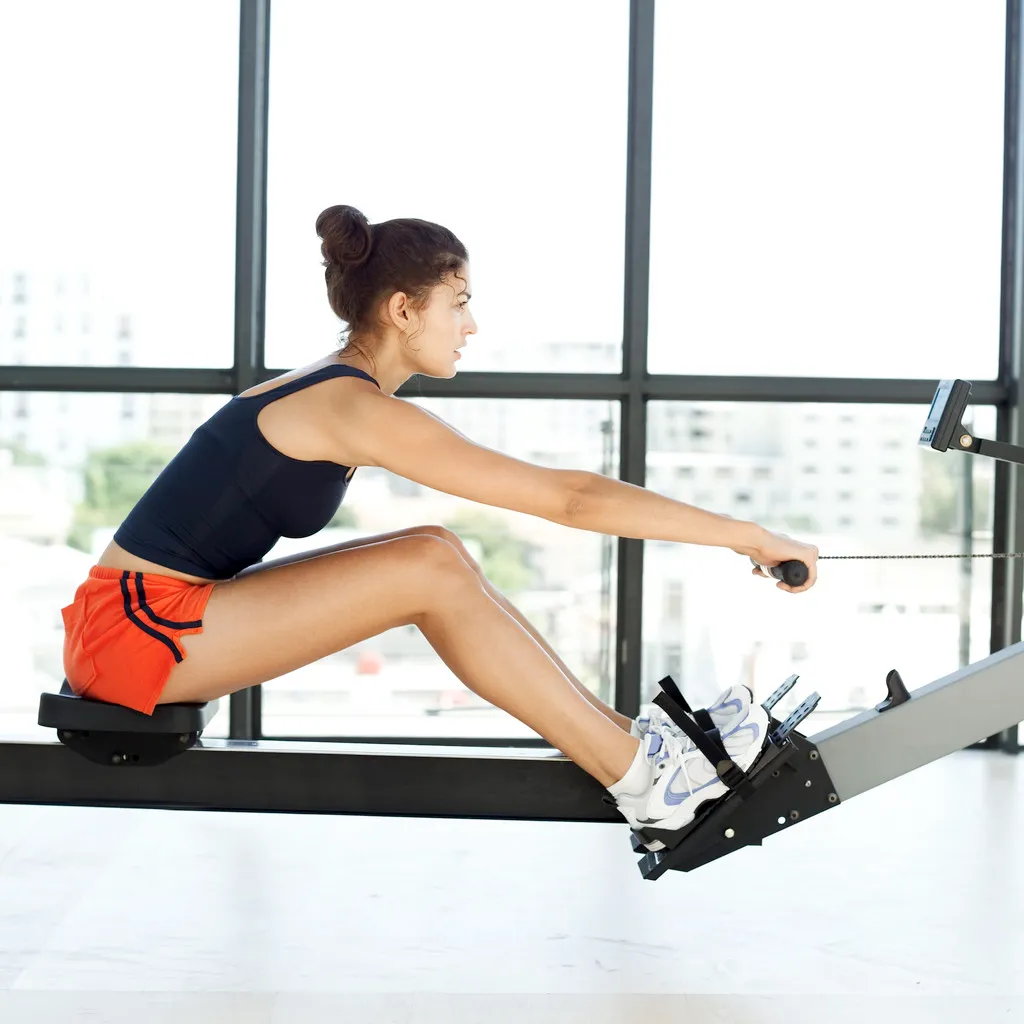
Gear Up for Exercise
It was not long ago – Medical School, late 1970’s – that medical students were expected to enjoy their lunchtime run, but no concrete scientific evidence confirmed any health benefits to exercise. In fact, a physician once herded students from the stairs to the elevator claiming that one’s lifetime heartbeats are limited, and one should not waste them on exercise. Since then, the world has changed. Exercise and athletes have been measured, sampled, observed, challenged and the jury is in: exercise is good for us.
Known Benefits
Exercise has been found to have positive effects on almost every aspect of health: immunity, alertness, mood, sleep, digestion, balance, mobility, and more. Exercise reduces perceived levels of pain, both physical and emotional. Out of doors exercise (with appropriate sun protection) enhances vitamin D levels and provides cosmetic and skin protecting tanning effects. Exercise in a group setting provides community and mental health benefits. Exercise can relieve stress, whether performed with great intensity or in an intentionally calming manner.
Little Help With Weight Loss
Whether you find this disappointing or a relief, exercise is not a crucial component nor a great aid nor great benefit to weight loss. Our bodies are better adapted for survival than weight loss, so if you increase your activity or decrease your calories, your body will do its best to expend fewer calories to keep a constant weight.
Your body will not read the calorie charts and burn a set number of calories when you exercise. Instead, your body follows a principle called homeostasis, and it’s an important principle of how our bodies work. When we reduce our calories to less than we would burn (living, walking, breathing), our body turns down the heat so that when we add “running” to the list, the living, walking, and breathing are done with less calories than they were before, so everything remains equal despite the running. So no, you can’t turn up the “calories out” dial and hope to lose weight.
However, high intensity exercise can help with weight loss in a more complicated way.
Weight gain happens when our bodies decide to store fat, weight loss happens when we burn fat for energy. The hormone insulin acts as the fat storage messenger and helps to regulate our blood sugar. Insulin unlocks the doors of our body’s cells, allows sugar inside, then packs and stores the sugar as a form of fat. Insulin keeps the fat in a lockdown form of storage. We are not necessarily happy about this storage method, as stored fat has a great shelf life.
Among its other functions human growth hormone (HGH) is a key fat burning messenger. High intensity exercise promotes HGH and temporarily unlocks cell doors, which allows sugar in without calling for help from insulin, and thus avoids that “store fat” message that comes with insulin.
Fat can only be mobilized in the presence of low insulin levels, and higher levels of human growth hormone (HGH) help create this low insulin environment. The other hormone that mobilizes fat is hormone-sensitive lipase, but the only way to stimulate this hormone is to lower insulin, so it’s part of the same process.
There is no way around the need for lower insulin levels to mobilize fat.
The Best Exercise
High intensity, interval exercise can add a little boost when following a low carbohydrate/insulin lowering food plan. For optimal effect, find something you can do with great effort, sustained for 20-30 seconds: Run upstairs or uphill, swim, cycle, or row. Pushups, and sit-ups, and lunges all work well too. Treadmills can be helpful, but one must have dexterity and arm strength to hop on and off a ramped up treadmill at the beginning and end of each interval.
Here’s a basic workout pattern to follow:
- Warm up by performing gently the same maneuver you are going to do with enthusiasm in the high intensity period. Walk around the room, lift your knees high and swing your arms.
- Go all out for 20-30 seconds.
- Rest for 10-90 seconds.
- Repeat up to eight times.
- Rest.
- Repeat the whole cycle once or twice.
- Cool down by repeating your warm up.
An interval workout once or twice a week can add significantly to your overall health.
For all the other benefits, the best exercise is one you love because it will be easy to keep up the habit of exercise.
Before Starting any new Exercise
Injuries can arise with the start of a new exercise or intensity increase of a familiar activity. To avoid injury, follow these three simple rules:
- When you select your clothing and equipment, think about comfort and safety. Ask for help if you want to try the free weights or the rowing machine, but have never been instructed in its proper use. Choose well-fitting and stable shoes.
- Prepare your inner body well with proper nutrition and hydration. Eat a well-balanced snack, including protein and fat, an hour before exercising. Drink water whenever you’re thirsty, and once or twice when you’re not. Choose electrolyte or sports drinks if you perspire heavily with exercise.
- Perfect form and technique before applying pressure. Take a class or book a session with a trainer to advise you on proper exercise form before you try to do it “all out”. Experienced runners have ripped Achilles’ tendons, rowers thrown out their shoulders, and yoga students have injured backs or necks – all pushing just a little bit harder beyond their level of good technique.
Enjoy!
It’s never too late to find something new you enjoy doing. People of any age can find an activity they enjoy at their local gym, through their parks and recreation office, or by simply finding a lovely place where they might take a long walk. We would like to hear from you what benefits and challenges you have found in your pursuit of exercise for health and pleasure.

